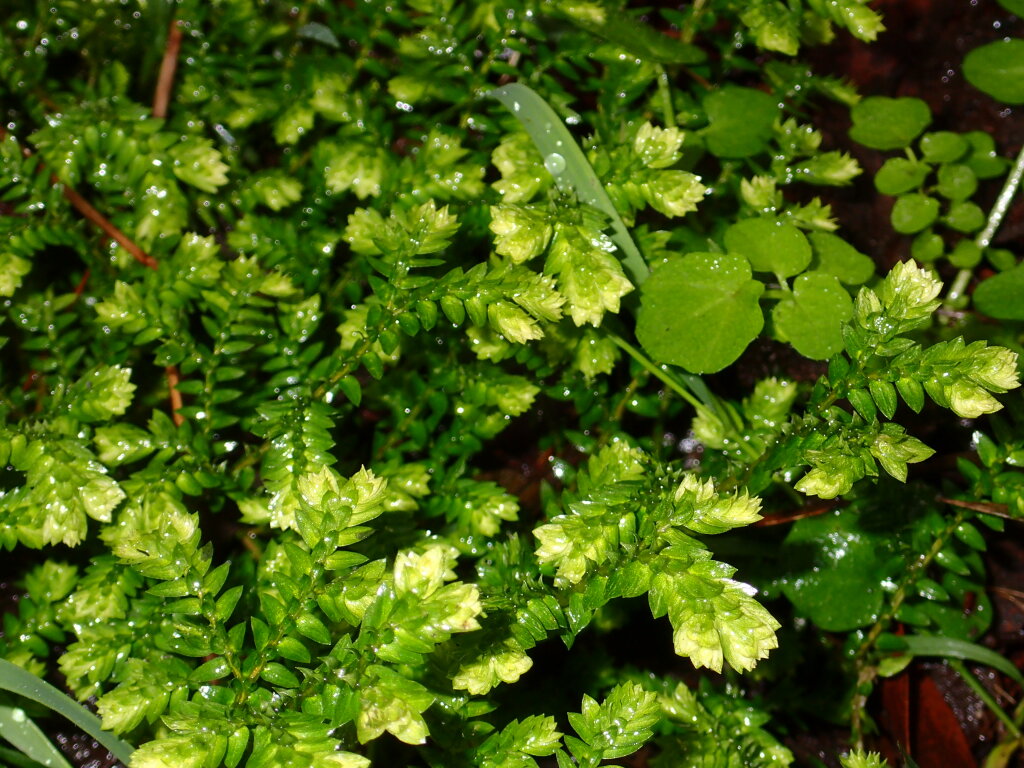Due to electrical works in the National Herbarium of Victoria there will
be a power outage that affects almost all services in VicFlora on
Friday, 10 January, from c. 6:30 am AEDT. We hope to have all services
back up by 9:30 am. We apologise for the inconvenience.
Selaginella kraussiana
Garden SelaginellaInd. Sem. Hort. Berol.: 22 (1859)
APNI Taxonomic status
Accepted
Occurrence status
Present
Establishment means
Introduced
Degree of establishment
Established





